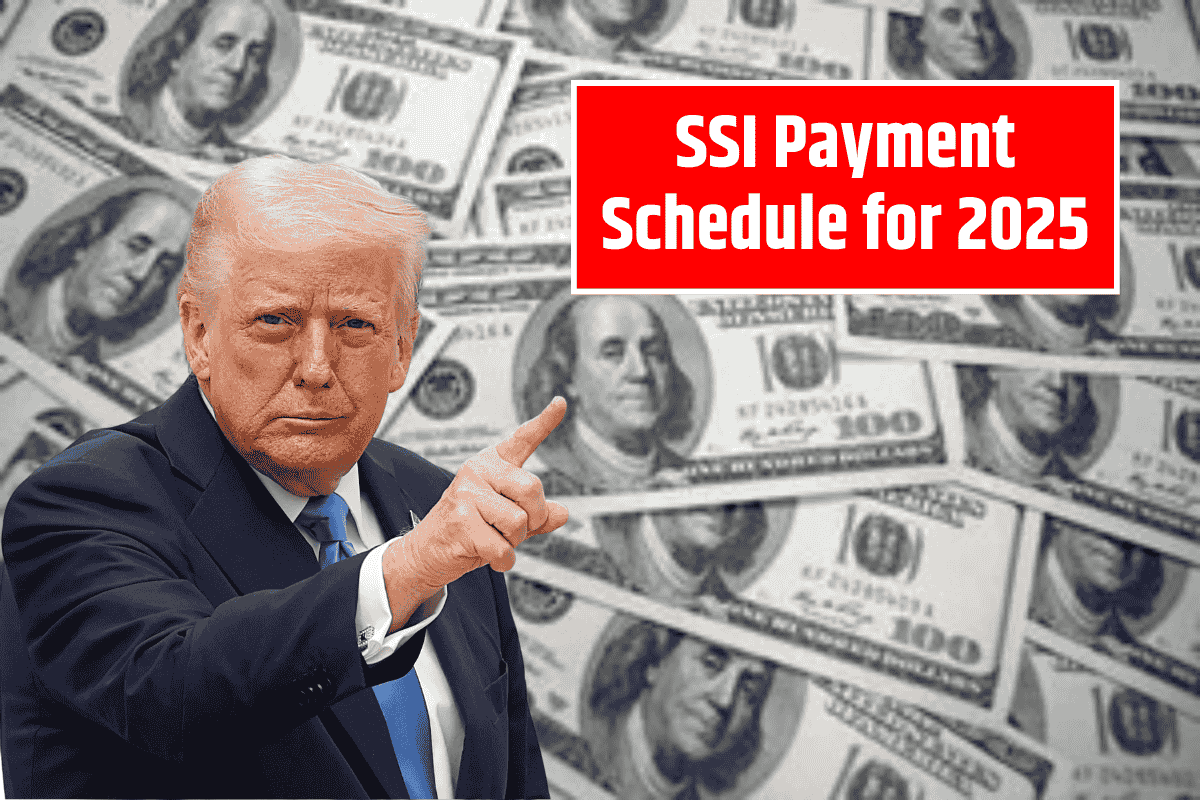The Supplemental Security Income (SSI) program is a federal aid initiative managed by the Social Security Administration (SSA). It helps people over 65, as well as those with qualifying disabilities or blindness, who have limited income and resources.
In 2025, the program comes with a few changes in payment dates that might confuse many recipients—especially when there is no SSI payment in September.
Let’s break it all down in a simple, easy-to-understand way.
How Much Is the SSI Payment in 2025?
Due to a 2.5% cost-of-living adjustment (COLA), SSI payments have increased in 2025:
Individuals: $967 per month
Couples: $1,450 per month
Payments are usually made on the 1st of each month. However, when that date falls on a weekend or federal holiday, the SSA issues the payment on the last business day of the previous month.
Why There’s No SSI Payment in September 2025
You may be wondering: Why didn’t I get my SSI payment in September?
Here’s the reason:
Labor Day falls on September 1, 2025, which is a federal holiday.
Because SSA doesn’t process payments on holidays or weekends, the September benefit was paid early—on August 29, 2025.
This means you already received the September payment at the end of August, so no separate deposit will come in September.
This is a standard SSA policy that often results in some months having double payments while the following month has no payment.
Other Months with Changed SSI Payment Dates
Below is a clear overview of months in 2025 and early 2026 with early or double payments:
| Month | Payment Dates | Reason for Change |
|---|---|---|
| August 2025 | Aug 1 (Aug benefit) + Aug 29 (Sept benefit) | Sept 1 is Labor Day (holiday) |
| October 2025 | Oct 1 (Oct benefit) + Oct 31 (Nov benefit) | Nov 1 falls on a Saturday |
| December 2025 | Dec 1 (Dec benefit) + Dec 31 (Jan 2026 benefit) | Jan 1, 2026 is New Year’s Day |
| September 2025 | No payment | Paid early on Aug 29, 2025 |
| November 2025 | No payment | Paid early on Oct 31, 2025 |
| January 2026 | No payment | Paid early on Dec 31, 2025 |
So if you receive two payments in one month, just remember that the second payment is an early deposit for the following month.
What to Do If You Don’t Receive Your SSI Payment
If your SSI deposit didn’t arrive on the expected date:
- Wait 3 business days before taking action—delays can happen.
- Check your bank account or Direct Express card for the payment.
- Make sure your payment details (bank info or card info) are up-to-date.
- If the payment still hasn’t arrived:
- Call SSA at 1-800-772-1213 (or TTY: 1-800-325-0778), Monday to Friday, 8 a.m. to 7 p.m.
- Or visit ssa.gov to report issues online.
Note: Most payments (over 99%) are made electronically, so problems with paper checks are rare but still possible.
The SSI payment system in 2025 continues to support millions of eligible Americans, but certain months—like September, November, and January—have no payments due to early deposits. Understanding this schedule can prevent confusion and help with monthly budgeting.
Always check the SSA calendar and make sure your payment info is current to avoid delays. And remember: if you get paid twice in a month, it’s not a bonus—it just means next month’s payment came early.
